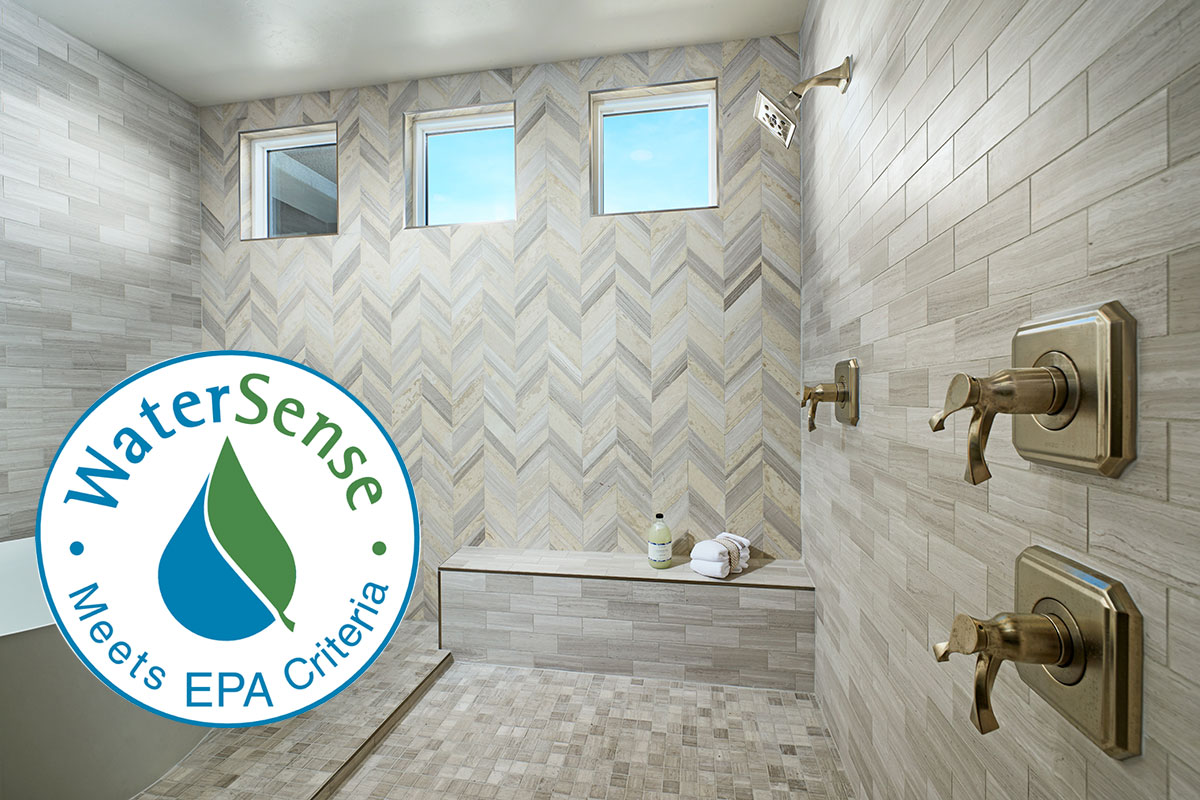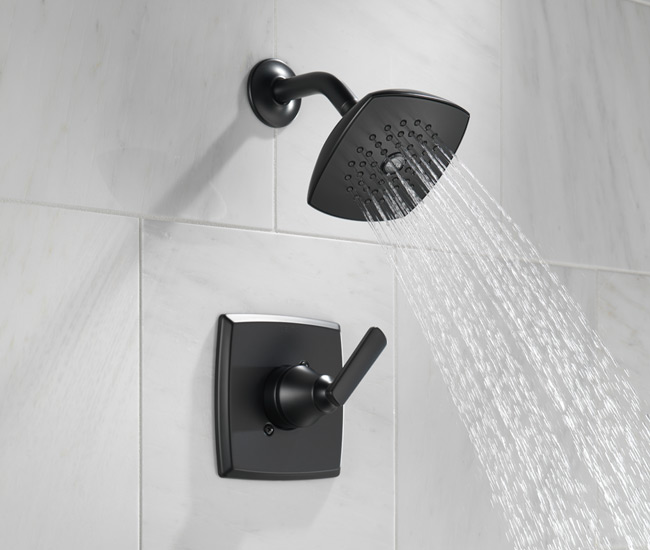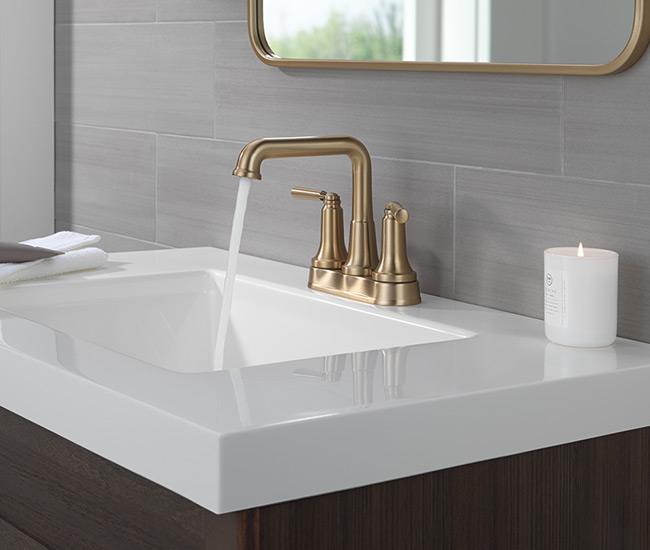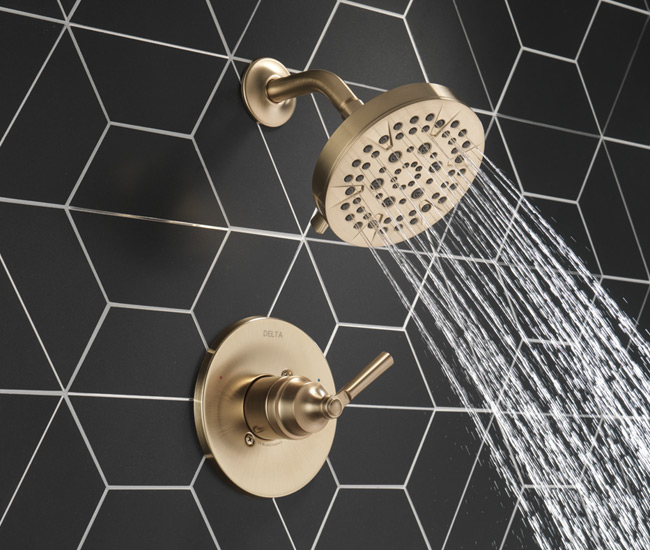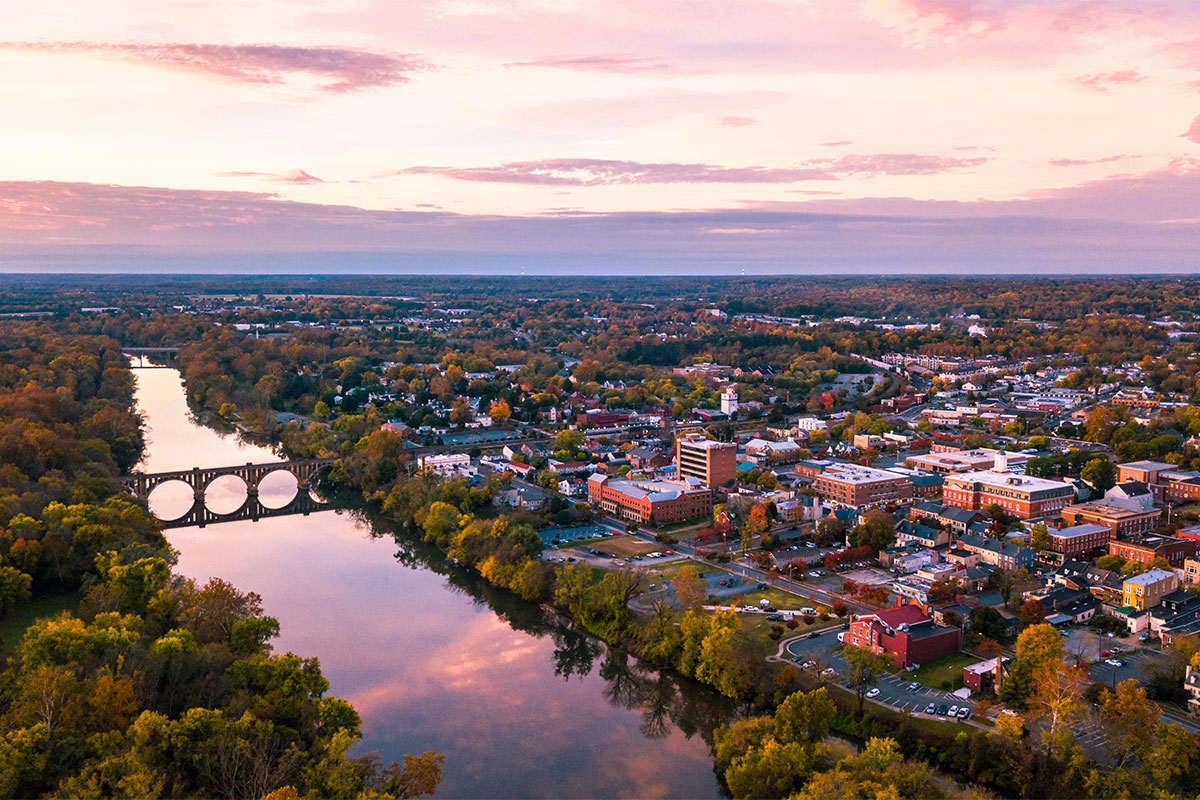What do water and your money have in common? Simple: they’re both valuable resources worth protecting. For any homeowner, conserving one to save the other amounts to a surefire win-win. Check out these water-saving tips to give a boost to the environment and maybe even your pocket book!
Indoor conservation:
Install WaterSense® labeled products
The EPA’s WaterSense® program vets and labels products designed to reduce the amount of water used in your home—everything from sprinkler controllers to low-flush toilets to water-efficient showerheads. WaterSense® labeled products aren’t only practical, they’re also quite stylish! For proof, check out a few of these sleek, water-conserving products from our national vendor, Delta Faucet®.
Consult your Richmond American design consultant for which Delta® products are available at your local Home Gallery™.
Change your habits
According to the EPA, water use for the average family in America totals over 300 gallons a day! Fortunately, a few simple adjustments to your daily habits can make a large impact on overall use. For example, you can save gallons a day with simple tactics like shutting off the tap while brushing your teeth, taking a quick shower instead of filling up the tub and fully loading your washer before running it. For more water-saving practices, get suggestions from the EPA here.
Fix leaks
Plumbing and irrigation leaks can add up to nearly 10,000 wasted gallons of water a year—which means you’re also flushing money down the drain each month. In many cases, basic measures like reading your water meter and identifying drippy faucets or showerheads can help easily catch leaks. From there, many fixes are well within the do-it-yourself realm, but others, like a leaky in-ground irrigation system, may require professional help. For tips and training, check out these EPA guidelines.
Outdoor conservation:
Try xeriscaping
Unless you live in a tropical environment, an easily parched lawn full of thirsty plants requires frequent watering to maintain. To lower your output, swap out some landscaping with mulch or hardy, drought-resistant plants that can thrive in your local environment with little to no watering. This practice is known as xeriscaping. If you don’t want to give up too much recreational lawn space, you could even consider replacing existing turf with a more arid-friendly variety of grass.
NOTE: Check with your HOA for which landscaping practices are permissible within your community.
Improve your irrigation
A substantial amount of water used for irrigation is wasted as a result of evaporation and overwatering. That’s why optimizing your irrigation strategy can add up to major liquid savings. Common solutions include sprinkler controllers, for determining precisely when and how much your lawn is watered; drip irrigation, providing a slow and targeted supply of water through tubes; and garden hose nozzles that control flow. Another practical and relatively inexpensive tool is a rain sensor, instructing your sprinkler controller not to water when a certain level of rainfall has been detected.
Recycle water
Greywater systems—which recycle gently used water from showers, sinks and washing machines—and rainwater harvesting—which captures and stores precipitation—can greatly reduce your reliance on public water. However, make sure you carefully investigate state and local laws, regulations, rules and ordinances in your area to determine whether water recycling is permissible. Also be sure to check with your water regulatory board, housing authority and HOA before installing any greywater or rainwater harvesting systems.
Interested in other ways to go green and save more green? Check out our other green living articles!
